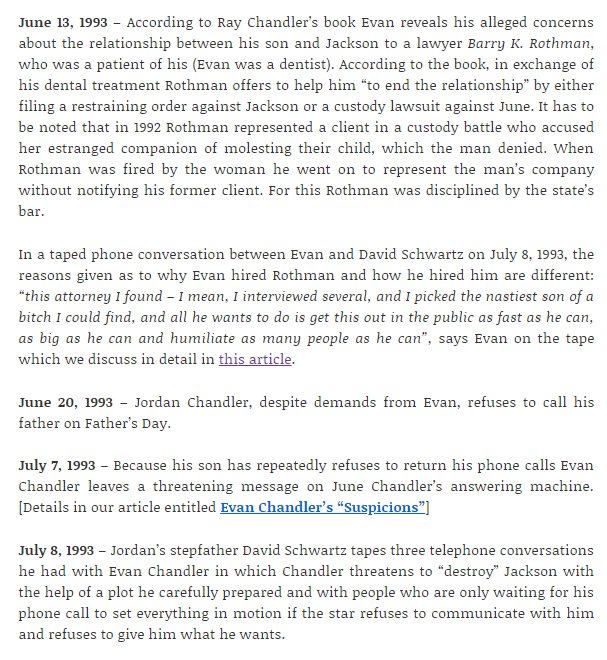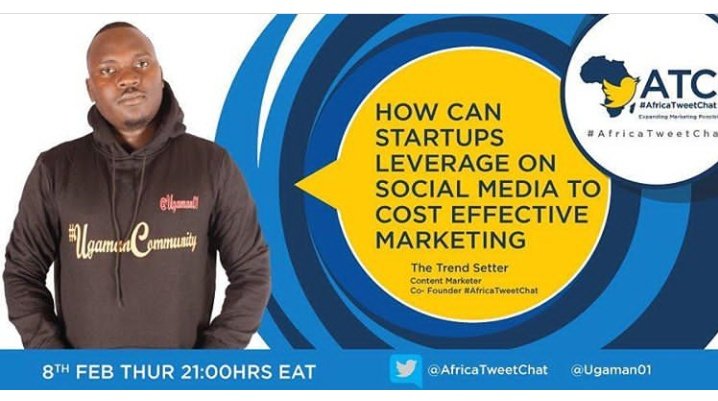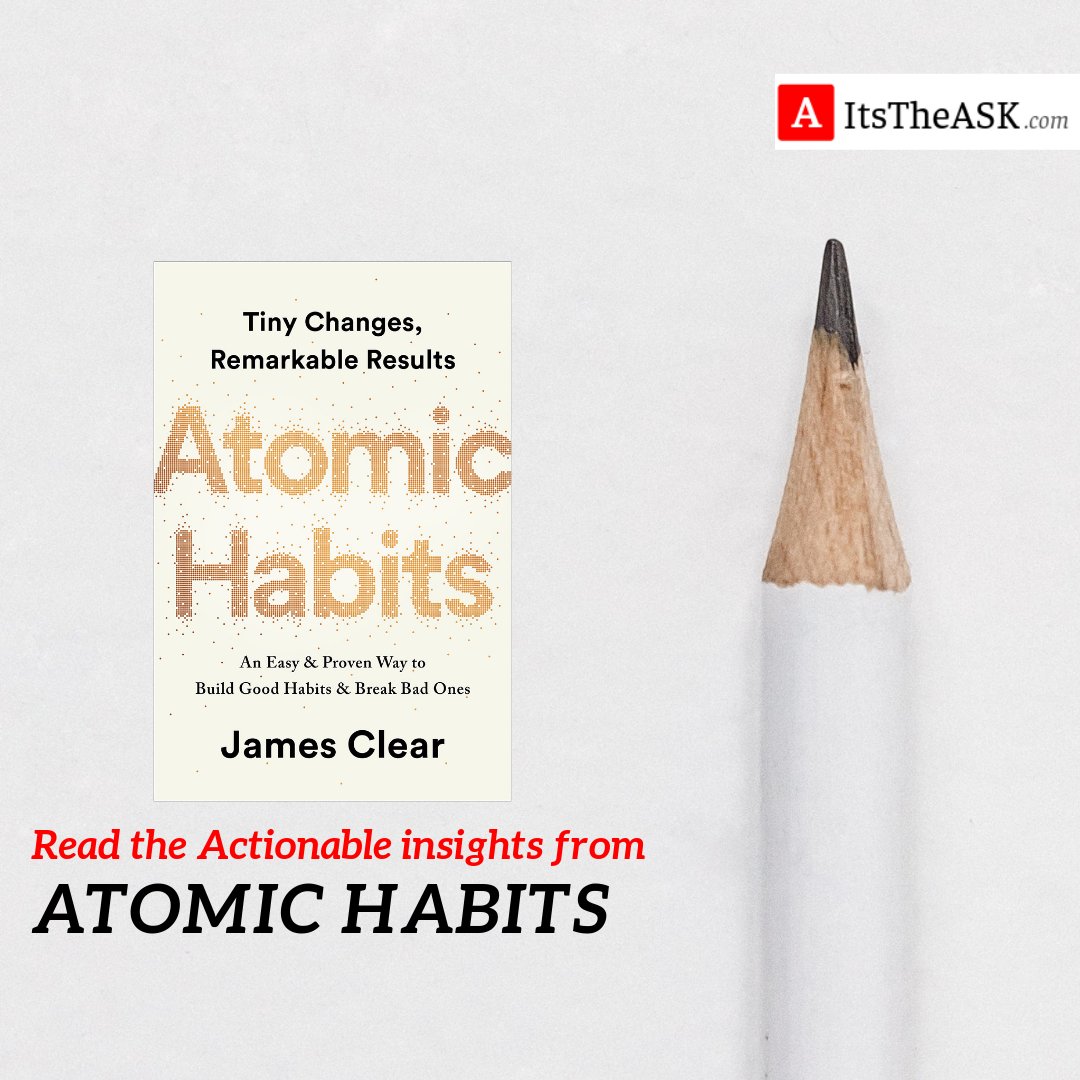The idea for this comes from the responses to my previous thread () on writing up findings.
#phdchat #acwri #qualresearch #RxWritingChallenge 1/14
2/14 (hey, #WritingCommunity! this is for you too)
First, discuss your findings at a very high level. What are the core things you want your reader to remember from your findings section? If you can use a table to summarize your contributions to highlight them: do!
3/14
4/14
5/14
It is a game changer. I send it to everyone and teach it in my lab. You should use it too!
6/14
7/14
9/14
onlinelibrary.wiley.com/doi/abs/10.111…
jgme.org/doi/full/10.43…
researchgate.net/publication/29…
@LaraVarpio and @ammacleod are working on a series on the topic as well. Stay tuned.
10/14
Colleagues and I are also writing something on the generalizability of qual research that will hopefully help. Again: stay tuned! 12/14
I hope, @mededdoc, that this thread will help you and yours with what to add in a qual research discussion section. 13/14
If you have questions/ideas for a thread, please ask!
14/14









